- Home
- Articles
- Architectural Portfolio
- Architectral Presentation
- Inspirational Stories
- Architecture News
- Visualization
- BIM Industry
- Facade Design
- Parametric Design
- Career
- Landscape Architecture
- Construction
- Artificial Intelligence
- Sketching
- Design Softwares
- Diagrams
- Writing
- Architectural Tips
- Sustainability
- Courses
- Concept
- Technology
- History & Heritage
- Future of Architecture
- Guides & How-To
- Art & Culture
- Projects
- Interior Design
- Competitions
- Jobs
- Store
- Tools
- More
- Home
- Articles
- Architectural Portfolio
- Architectral Presentation
- Inspirational Stories
- Architecture News
- Visualization
- BIM Industry
- Facade Design
- Parametric Design
- Career
- Landscape Architecture
- Construction
- Artificial Intelligence
- Sketching
- Design Softwares
- Diagrams
- Writing
- Architectural Tips
- Sustainability
- Courses
- Concept
- Technology
- History & Heritage
- Future of Architecture
- Guides & How-To
- Art & Culture
- Projects
- Interior Design
- Competitions
- Jobs
- Store
- Tools
- More
The Future of Cities: Exploring Technology and Modern Architecture for Sustainable Urban Living
Explore the future of cities where technology and modern architecture converge to create smart, sustainable, and inclusive urban ecosystems. Discover how innovations like IoT, AI, green architecture, and adaptive design redefine urban living, tackle climate challenges, and enhance quality of life, prioritizing equitable access and environmental sustainability for future generations.
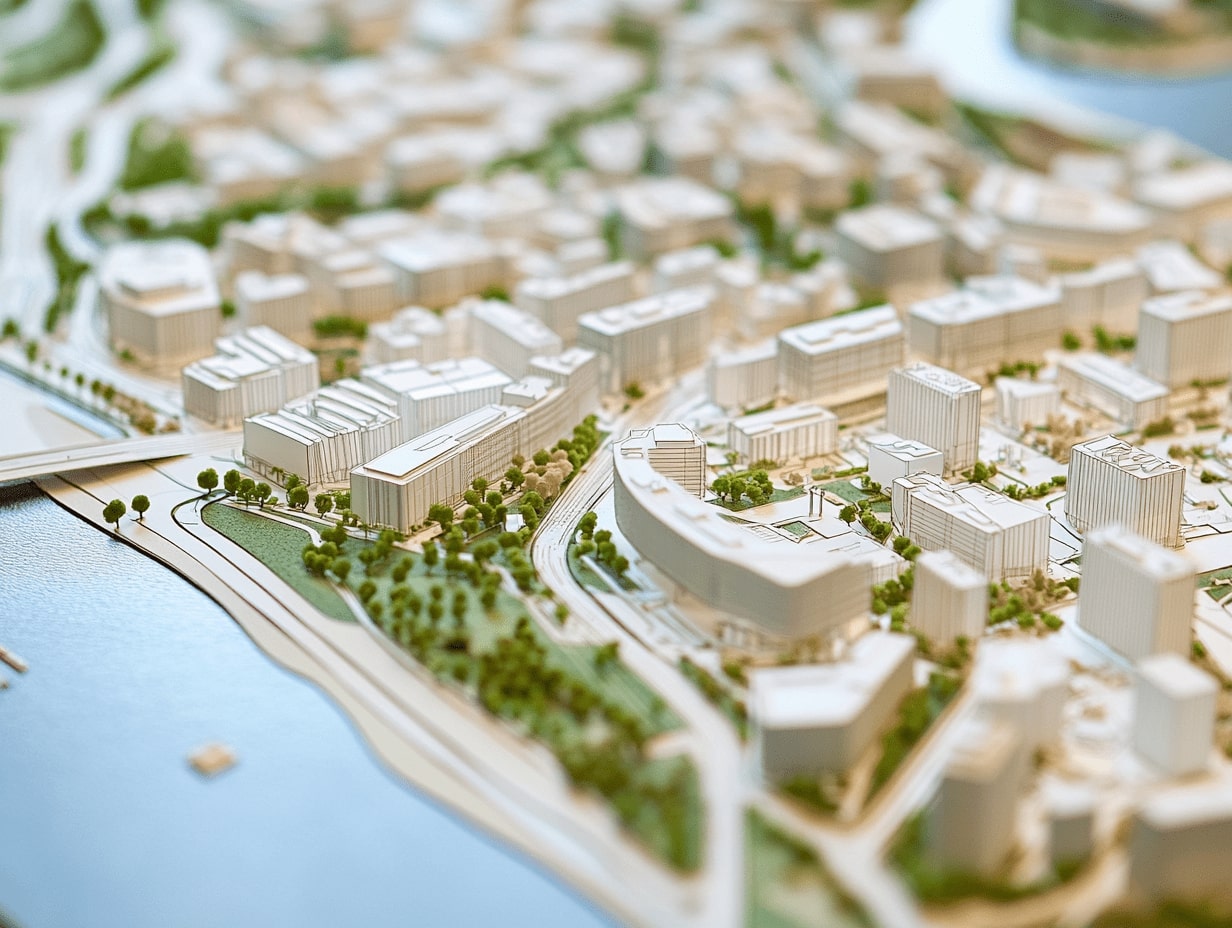
The way we design and experience cities is changing faster than ever. With rapid advancements in technology and bold strides in modern architecture, our urban landscapes are being reimagined to meet the demands of a growing, interconnected world. From smart buildings to sustainable infrastructure, the future of cities promises innovation that blends functionality with beauty.
As we face challenges like urbanization and climate change, it’s clear that technology and design must work hand in hand. We’re not just building for today—we’re creating spaces that adapt, evolve, and thrive in the years to come. The future of cities isn’t just about structures; it’s about reshaping how we live, work, and connect in harmony with our environment.

Table of Contents
ToggleThe Vision For The Future Of Cities
Future cities combine cutting-edge technology, sustainable design, and human-centric planning. Urban environments are evolving into interconnected ecosystems, where data-driven solutions enhance efficiency, accessibility, and quality of life.
Smart infrastructure, like IoT-enabled transportation networks and energy grids, optimizes resource usage and minimizes waste. These systems rely on real-time data to reduce congestion, monitor environmental impact, and predict maintenance needs. For instance, advanced traffic management platforms already decrease commute times by up to 30% in some cities.
Green architecture prioritizes energy efficiency, water conservation, and renewable materials. Vertical gardens, photovoltaic facades, and passive cooling systems are integrated into urban structures to reduce carbon emissions. According to the International Energy Agency, buildings account for 28% of global energy-related emissions, highlighting the need for such innovations.
Mixed-use developments address growing urban populations by blending residential, commercial, and recreational spaces. By promoting walkability and reducing urban sprawl, these designs create healthier, more vibrant communities. For example, urban centers with efficient zoning policies report increased economic activity and improved social engagement.
Digital twin technology enhances city planning and management through virtual replicas of urban environments. These simulate scenarios like natural disasters or infrastructure upgrades, informing better decision-making. Singapore’s Virtual Singapore project exemplifies this, enabling authorities to test policies in a risk-free digital model.
Our vision for future cities centers on adaptability and resilience, fostering environments that meet evolving demands while prioritizing sustainability and inclusivity. This approach redefines how urban spaces are experienced, ensuring they remain functional and dynamic in the face of challenges.

Transformative Urban Technologies
Technology continues to redefine urban spaces, enabling cities to adapt to evolving needs. Transformative urban solutions are reshaping how cities operate, prioritize sustainability, and enhance quality of life.
Smart Cities And IoT Integration
Smart cities leverage IoT to connect infrastructure, devices, and services through data-driven systems. IoT-enabled solutions include smart traffic systems, waste management sensors, and intelligent lighting. For example, Barcelona utilizes IoT-based parking sensors to reduce congestion and emissions. These interconnected technologies optimize resource allocation and improve urban living standards by enhancing efficiency.
Artificial Intelligence And Urban Management
AI supports urban management by streamlining processes and improving decision-making. Predictive analytics powered by AI enhances traffic flow, prevents power outages, and maintains energy grids. Platforms like Sidewalk Labs in Toronto incorporate AI to optimize urban planning by analyzing real-time data on population density and resource consumption. AI also strengthens public safety through surveillance and emergency response coordination.
Renewable Energy Solutions In Urban Design
Renewable energy integrates into urban design to reduce reliance on fossil fuels. Rooftop solar panels, wind turbines, and geothermal systems provide sustainable energy alternatives for buildings. Cities like Copenhagen, targeting carbon neutrality by 2025, incorporate district heating systems powered by renewable sources. Urban spaces are also incorporating energy-harvesting technologies, such as piezoelectric walkways, to further decrease carbon footprints while promoting sustainability.

Innovations In Modern Architecture
Innovations in modern architecture transform how we shape urban environments, combining sustainability, adaptability, and efficiency. These advancements address the challenges of rapid urbanization and environmental impact.
Sustainable Building Materials
Sustainable building materials revolutionize construction by reducing environmental footprints. Materials such as cross-laminated timber (CLT) and recycled concrete present viable alternatives to traditional options. CLT, for instance, offers strength comparable to steel while being renewable and storing carbon. Recycled concrete reduces landfill waste and minimizes resource extraction. Additionally, bio-based materials like mycelium—a fungal-grown material—show promise for non-structural applications. Innovations in self-healing concrete extend building lifespans and lower maintenance needs, conserving resources over time.
Adaptive And Modular Architectural Designs
Adaptive and modular designs respond to the need for flexibility in urban spaces. Modular buildings, made from prefabricated sections, accelerate construction timelines and lower material waste. Projects like the Beijing Daxing International Airport highlight modular design’s scalability and efficiency in large-scale structures. Adaptive architecture uses real-time data to adjust elements like lighting and ventilation, ensuring optimal conditions. Smart facades, such as dynamic glass that tints based on sunlight, further enhance building performance while reducing energy consumption.
Vertical Cities And Space Optimization
Vertical cities address land scarcity and population density by building upward rather than outward. Structures like Singapore’s Pinnacle@Duxton integrate residential, recreational, and green spaces into compact formats, optimizing urban land use. Skyscrapers now incorporate vertical gardens, improving urban air quality and cooling effects. Multi-use high-rises combine living, working, and leisure spaces, minimizing the need for daily commutes. Advanced elevator technologies, including multi-directional lifts, facilitate efficient movement within these towering ecosystems. Vertical design principles ensure cities can grow sustainably without expanding urban footprints.

Challenges And Opportunities
Rapid urbanization and technological advancements reshape cities, presenting both challenges and opportunities. Addressing key concerns like equitable access and environmental sustainability is vital to designing future-proof urban spaces.
Balancing Innovation With Accessibility
Integrating innovation into urban design requires ensuring accessibility for all segments of society. Advanced technologies, like smart infrastructure and IoT systems, often exclude underserved communities due to high implementation costs or limited digital literacy. For example, while smart public transportation systems improve efficiency, they may alienate low-income populations in cities where affordable alternatives are absent.
We need inclusive designs to bridge this gap and enhance equity. Urban planners can prioritize public infrastructure, such as free Wi-Fi zones or accessible mobility platforms, to ensure that technological benefits are shared widely. Implementing community-driven models fosters collaboration, making neighborhoods active participants in innovation-driven transformation.
Addressing Environmental Concerns
Urban expansion intensifies environmental challenges, such as rising emissions and resource depletion. Construction alone contributes to 38% of global CO2 emissions, highlighting an urgent need for solutions like energy-efficient materials and renewable energy systems. Cities like Singapore leverage vertical gardens and sustainable water management to combat urban heat islands and preserve resources.
Pollution management also requires scalable actions. Smart waste collection, coupled with efficient recycling systems, can minimize landfill contributions. Renewable energy grids in cities, such as solar microgrids in California, demonstrate successful adoption of green technology. Combining these strategies with legislative backing ensures urban growth aligns with sustainability targets, protecting natural ecosystems for future generations.
Conclusion
Future cities depend on the seamless integration of technology and modern architecture to create sustainable, inclusive, and efficient urban ecosystems. Technological innovations, including IoT, AI, and digital twin technology, enhance city infrastructure and resource management, optimizing energy use and improving overall quality of life. These advancements allow urban centers to evolve into interconnected systems that support both residents and the environment.
Modern architecture complements this transformation by incorporating sustainable materials like cross-laminated timber and adaptive designs, reducing environmental impacts while addressing space limitations. Vertical cities and modular housing showcase how design can maximize land use and respond to rapid urbanization. Together, these developments redefine how we live and interact within urban spaces.
Addressing challenges like environmental sustainability and equitable access remains critical. Cities must adopt inclusive designs and ensure technological benefits are distributed widely to foster resilience and collaboration. Solutions such as renewable energy systems, pollution management, and mixed-use developments exemplify the path forward in mitigating the adverse effects of urbanization.
Future urban environments promise a balance between technological advancement and human-centric design, creating smarter, greener, and more inclusive spaces.
- architecture for sustainability
- eco-friendly city planning
- future city planning
- future of cities
- future of urban development
- Green Architecture
- green urban solutions
- innovative urban design
- modern architecture trends
- modern urban architecture
- modern urban living
- Smart City Architecture
- smart city solutions
- sustainable city design
- sustainable city infrastructure
- Sustainable Urban Living
- sustainable urban planning
- technology in cities
- technology-driven urban development
- urban innovation
- urban sustainability practices
- urban technology advancements
Submit your architectural projects
Follow these steps for submission your project. Submission FormLatest Posts
Eco-Friendly Floor Coverings: Smart Choices for a Greener Home
Eco-friendly floor coverings made simple: discover sustainable materials, trusted certifications, and room-by-room...
What are Biodomes?
Biodomes are transforming architecture by blending ecological science with advanced design to...
The Quiet Revolution of Biophilic Design
Biophilic design is reshaping homes, workplaces, and cities—backed by evidence. Learn core...
Sustainable Solutions in Contemporary Architecture: From Passive Design to Clean Energy
Sustainable solutions in contemporary architecture: a practical playbook to hit net-zero, cut...





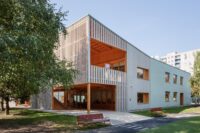



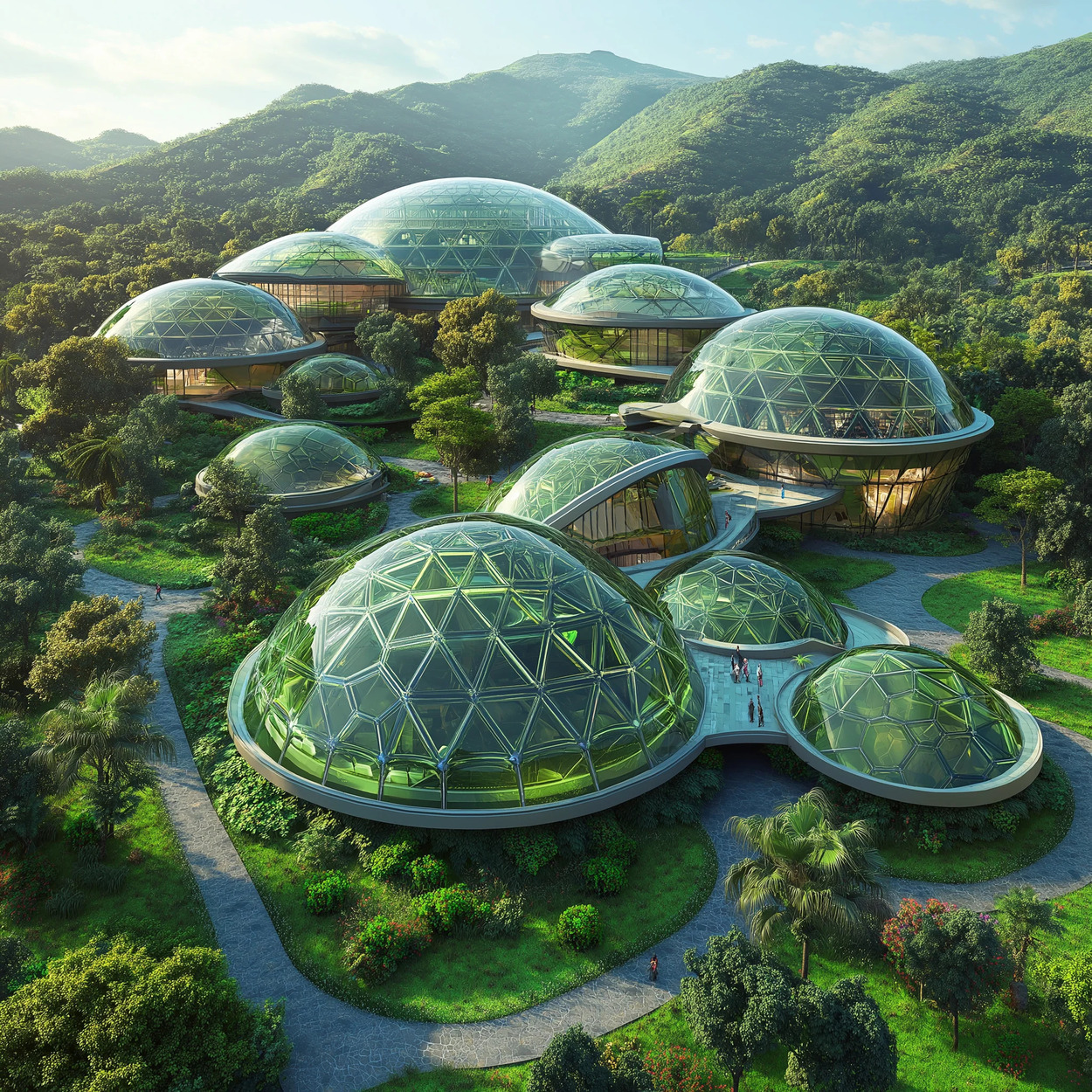
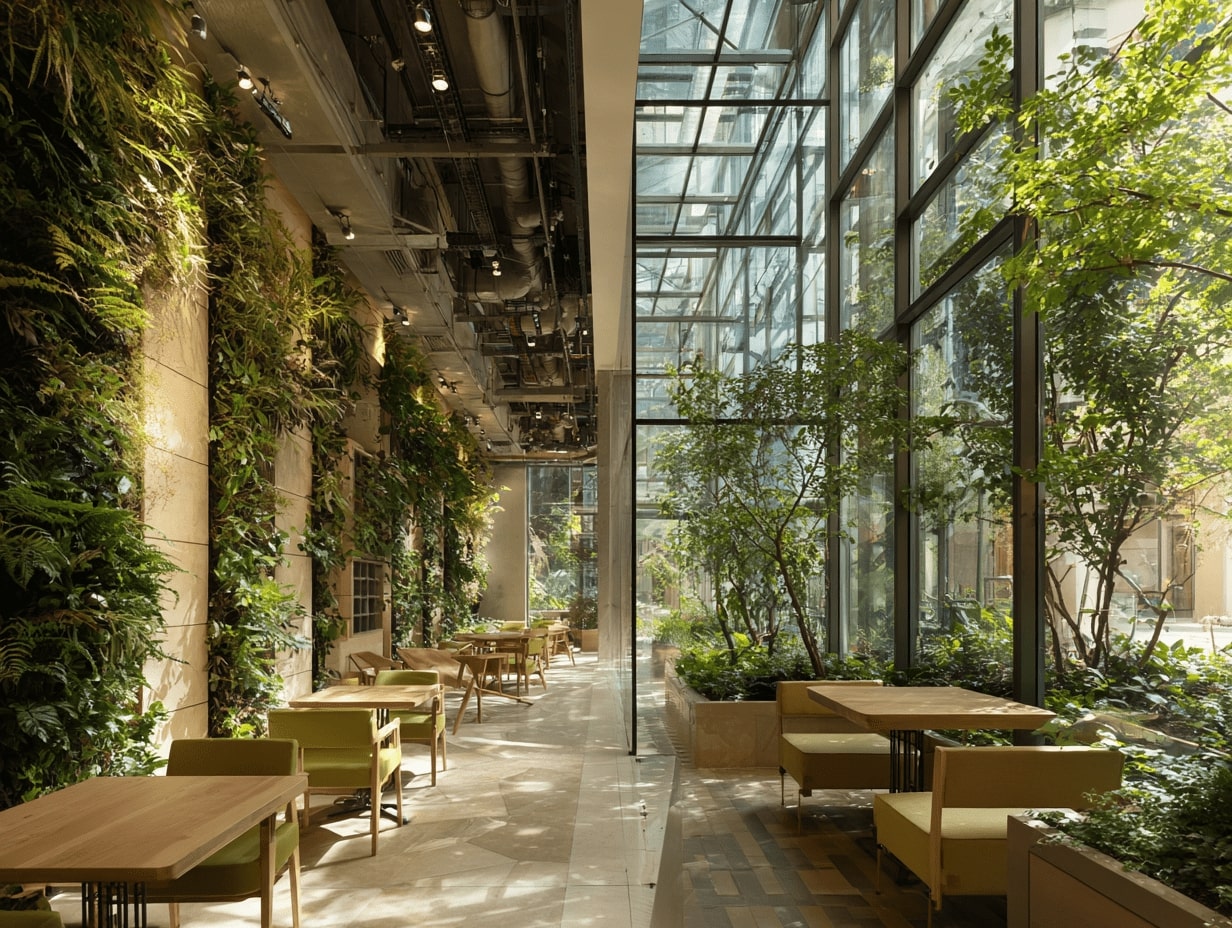
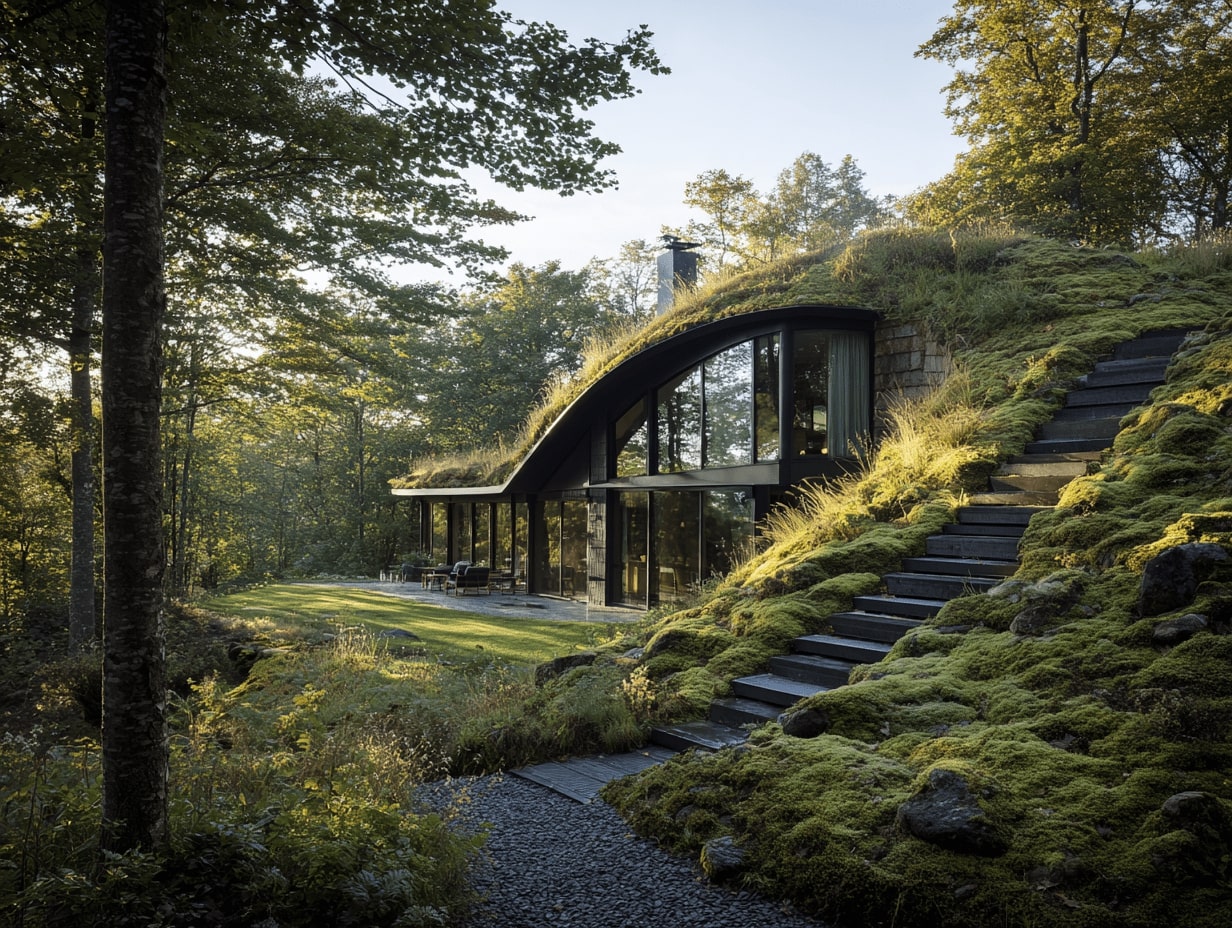
Leave a comment